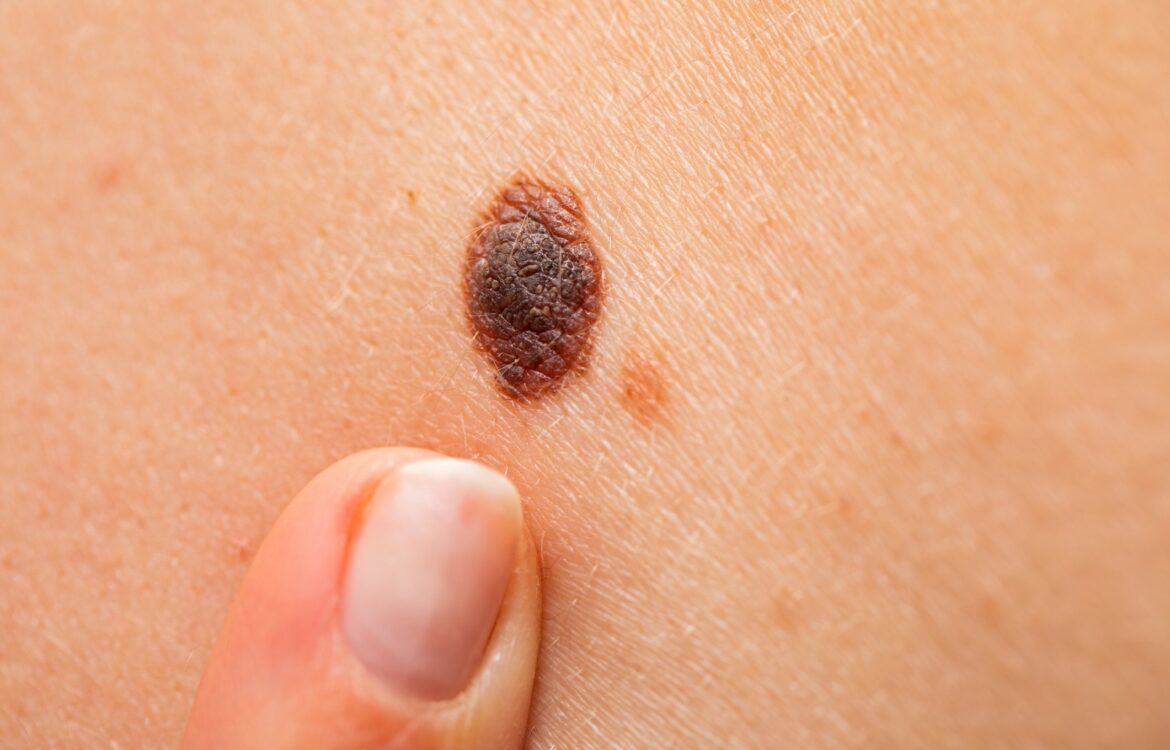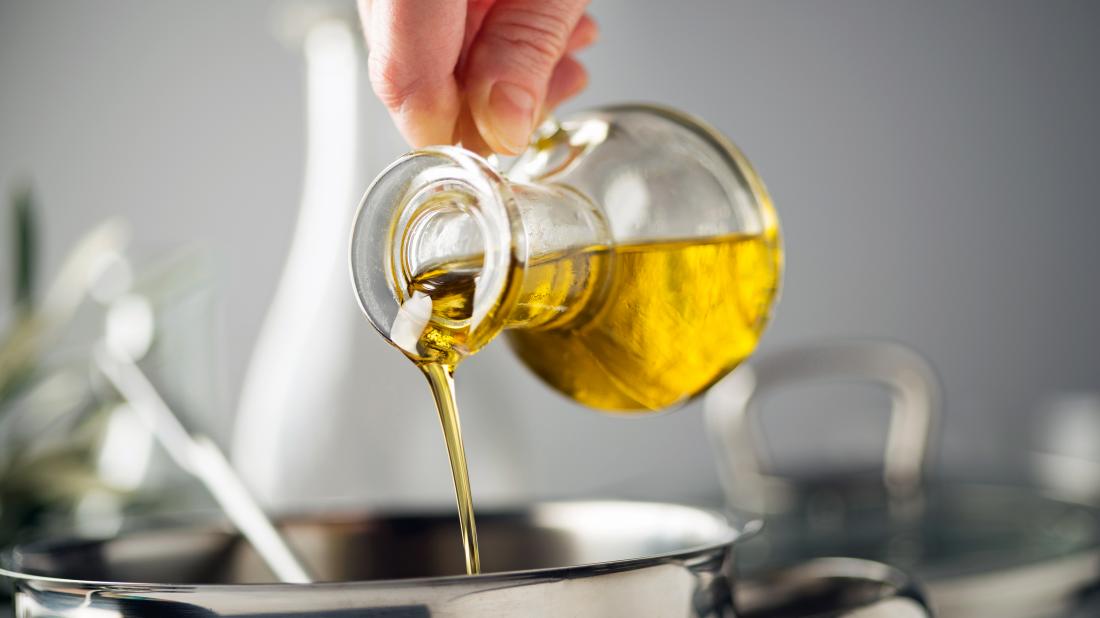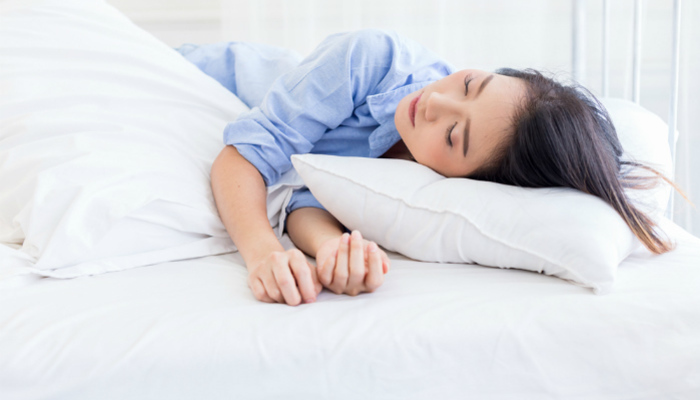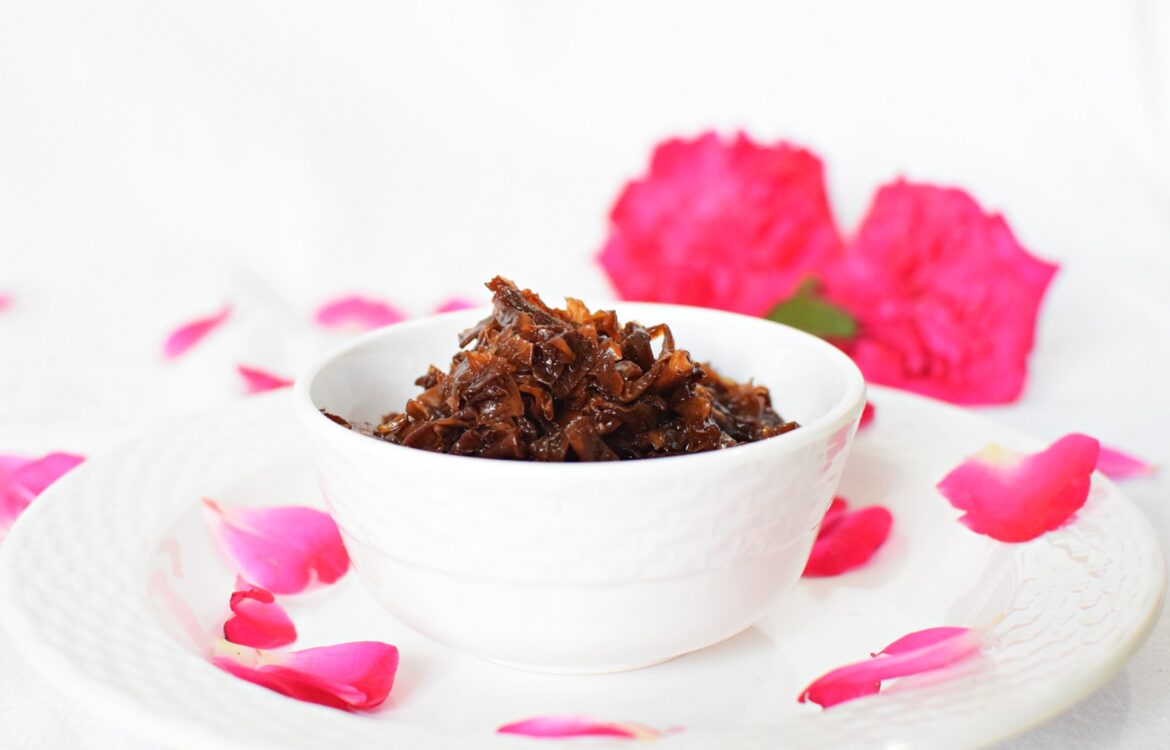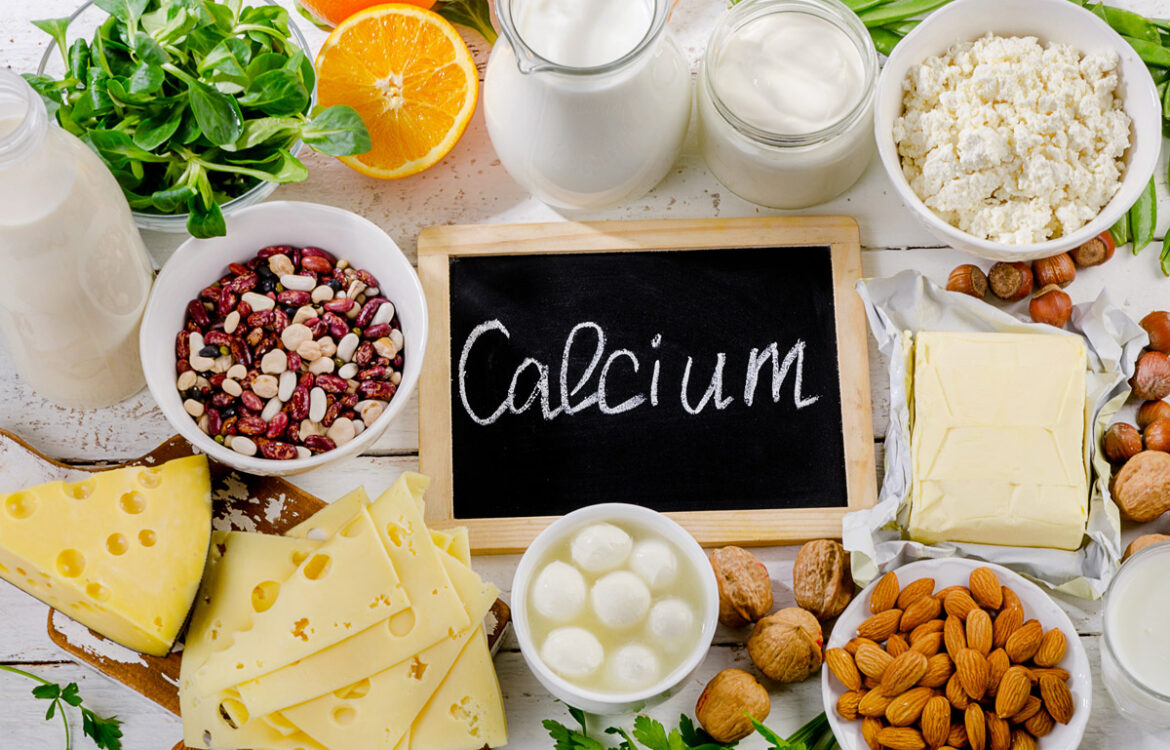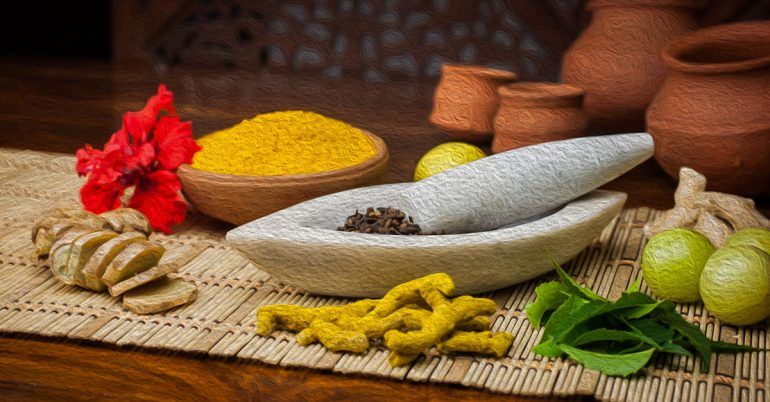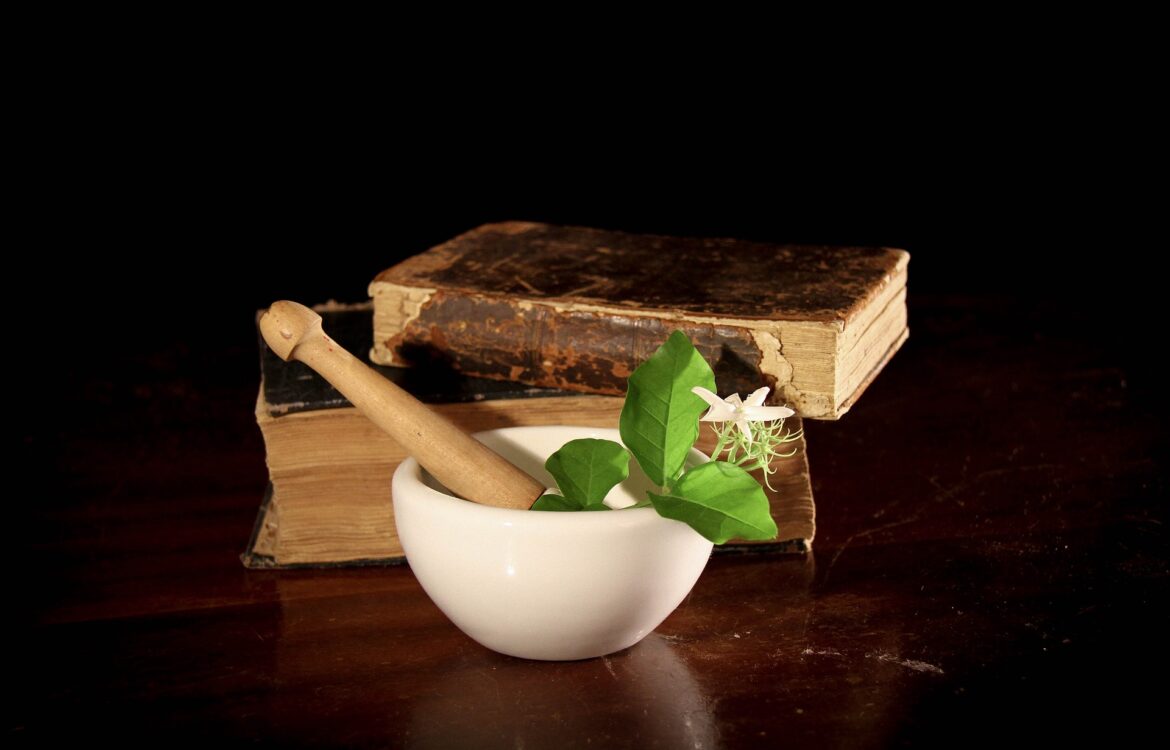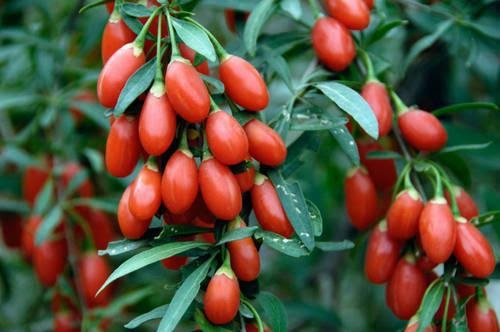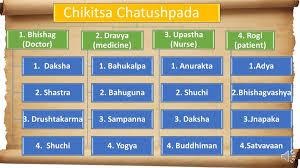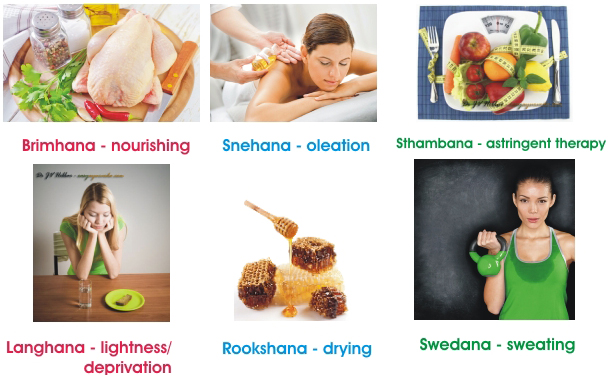Sleeping early at night reduces the risk of heart disease, diabetes, learn the benefits of sleeping early. Sleeping adequately and early can reduce the risk of many chronic diseases and lead to longer life.
Sleeping early at night has many benefits on health.
If you go to sleep early at night, this habit is very good for your health. However, people who sleep late at night must know about the disadvantages of sleeping late and the benefits of sleeping early. According to a study, people who do not get enough sleep or do not sleep early, are troubled by many problems. You stay more positive by getting enough rest and sleeping early. Don’t worry too much about any issues, or problems. Take a look at the health benefits of sleeping early.
Improves the ability to think and understand
Our understanding and sleep are directly related. It is believed that a person who does not get enough sleep and does not sleep quickly, will not be able to mentally health himself and his ability to understand and think will be adversely affected. Good sleep can, in fact, increase your ability to think and keep your mind stable. Also Read – Indian leads the way in getting good sleep at night, better sleep is beneficial
Office work can be better
If you sleep fast and enough, it will also affect your productivity. Not only can you increase your concentration, but it will also increase your memory capacity. You will not feel tired. In this way work performance will be improved.
Weight will remain balanced
If you want to balance your weight then start getting fast and adequate sleep. Many types of research have found that a person who sleeps late is more likely to gain weight, so sleep early and wake up early.
Live healthy
To make your immune system or immune system strong, you should sleep early and daily enough. By getting enough sleep, your immune system is able to fight against viruses and bacteria in a good way. Adequate sleep decreases cortisol hormone levels in the blood and improves immune system function. This means that it helps you to avoid infections and other diseases.
Avoidance of chronic disease
Sleeping adequately and early can reduce the risk of many chronic diseases and lead to longer life. Studies have shown that people who sleep less than 6 and a half hours have an increased risk of type 2 diabetes, heart disease, and high blood pressure. Apart from this, by getting better sleep, you are able to drive properly, which also reduces the risk of an accident.
The sunlight
Sunlight is a must for everyone. It gives us vitamin D, which is necessary for our body. Also, when you see the sun rising, you will automatically realize how beautiful everything is here, this beautiful thinking has the ability to keep you healthy throughout the day.
Feeling energetic
The energy you feel in the morning is never felt again during the day. This is the benefit of waking up in Brahma Muhurta . Your physical cycle moves with the sun. The environment around in the morning is calm, it is considered an auspicious time, which is necessary to make you energetic.
Feeling happy
An energetic person feels happy, you must have known this. A big benefit of getting up early in the morning is that you can be happy all day. They go on to complete their work on time and this instills confidence in you and makes you feel happy.
Positive start
You wake up early in the morning and feel the calm surrounding. This environment creates positive vibrations, which fills the positivity in your life. When you wake up early in the morning after getting enough sleep, you also feel relaxed and you are thinking positively about the day ahead.
Fitness
By waking up early in the morning you have enough time for every task. You are not in a hurry to run for office, you are in a hurry to settle the kitchen work. In such a situation, you also get time for your fitness. If you want, take a walk in the park or go to the gym. Waking up early in the morning will not give you a chance to complain that you do not get time for your fitness.
Good sleep
Most of you complain that even after going to bed at night, you do not get sleep. You stay awake till late. Obviously there is a delay in opening the sleep in the morning. In such a situation, the biggest benefit of getting up early in the morning is that one goes to sleep as soon as they go to bed at night. This also keeps the cycle of sleep correct.
Tension free life
We wake up early in the morning and feel fresh. If everyone in the family wakes up early in the morning then everyone gets to spend more time with each other. The chirping of birds in the morning, sitting in the balcony, drinking tea, going for a walk, all these are important for a stress-free life. You will not experience fatigue throughout the day, obviously stress will not burst near.
Improved productivity
After getting plenty of sleep at night, your brain gets complete rest. If you are up early in the morning, then you have enough time. Your brain works fast and you don’t have to put much brain to think. Since your brain works fast, you will be able to do your work easily. In this way your productivity will also increase and the chances of promotion too.
Diet improvement
You have more time by waking up early in the morning. In such a situation, you will also be able to pay attention to your diet. You get plenty of time to think about what to eat at Breakfast, what to make for lunch, what to make for evening snacks, and to make healthy food. Apart from this, instead of having breakfast in a hurry, you sit down and have breakfast, which is very important for the beginning of your day.
Distance from illnesses
Who does not want to distance themselves from diseases? The way you feel fresh after getting up early in the morning, work hard for physical activity, all this is enough to keep you away from diseases. Fresh and pure air in the morning is essential for both your body and mind. This increases the oxygen level in your body and your body cures diseases.
Tips For Waking Up Early
Despite knowing the benefits of waking up early in the morning, there are some people who feel like getting up in the morning is like climbing a mountain. Hearing the sound of the alarm in the morning, the mind gets disturbed and even without wanting it, the hand proceeds to set off the alarm.
Most of us cursing in the morning after setting off the alarm for a few minutes and craving for sleep
Most of us do not give up a few minutes and sleep longing after cursing the alarm. If you also have trouble getting up early in the morning, here are some useful tips for you.
While sleeping at night, you set an alarm, but keep that alarm on the table under or next to the pillow. As soon as the alarm rings in the morning, you raise your hand and close it and go back to sleep. It would be better if you keep the alarm a short distance so that you have to get up from your bed to turn off the alarm. Once you get up from bed, then sleep is opened.
Once the alarm sounds, keep yourself away from this frenzy whether I want to wake up or not. Instead of stressing your mind, leave the bed immediately. Once you spend time thinking, you will not be able to get up.
If you have to get up early in the morning, plan it a week in advance. Wake up ten to fifteen minutes before the day, slowly your routine will be set to wake up early in the morning.
Remove the curtains in the window of your room at night. In the morning, the sunlight coming from the window in the room will wake you up, greeting you. It will infuse positive energy in your mind as well as in the room.
Get into the habit of sleeping at the same time every day. Stay on the same day even on holiday. In this way, you will continue to get up early in the morning.
The most important mantra for getting up early in the morning is that you should be sleepy. Make sure that you sleep at least seven hours daily. In this way, you will not feel lazy in getting up early in the morning and you will find yourself full of freshness.
Disadvantages of forced wake up in the morning
Have you ever tried to know whether people who get up late are less successful? Those who remain asleep till late morning, do not touch the floor of success in their life? Is the English saying correct that only those people who get up early in the morning are healthy, wealthy and intelligent? The truth is that half of the people in the world like to wake up early in the morning and half of the people like to stay up late in the night. The person who wakes up late at night will sleep till late in the morning. Now it is not that all the people who get up late are unsuccessful or less successful.
Every person has his / her own body clock. He sleeps and wakes according to his body clock. It is possible that he sleeps during the day and awakes at night. If someone is asked to go against his body clock and wake up in the morning or late at night, then it will have a bad effect on his body. He will be full of laziness, his mind will run low and he will not be able to do justice even with his work. Making money is a distant thing. There can be chances of his health deteriorating. Only when a person does his body clock work, his performance is better. By the way, this habit varies with age and situation. Children have to get up early in the morning to go to school. When these children have long leave from school, they stay asleep for a long time.


